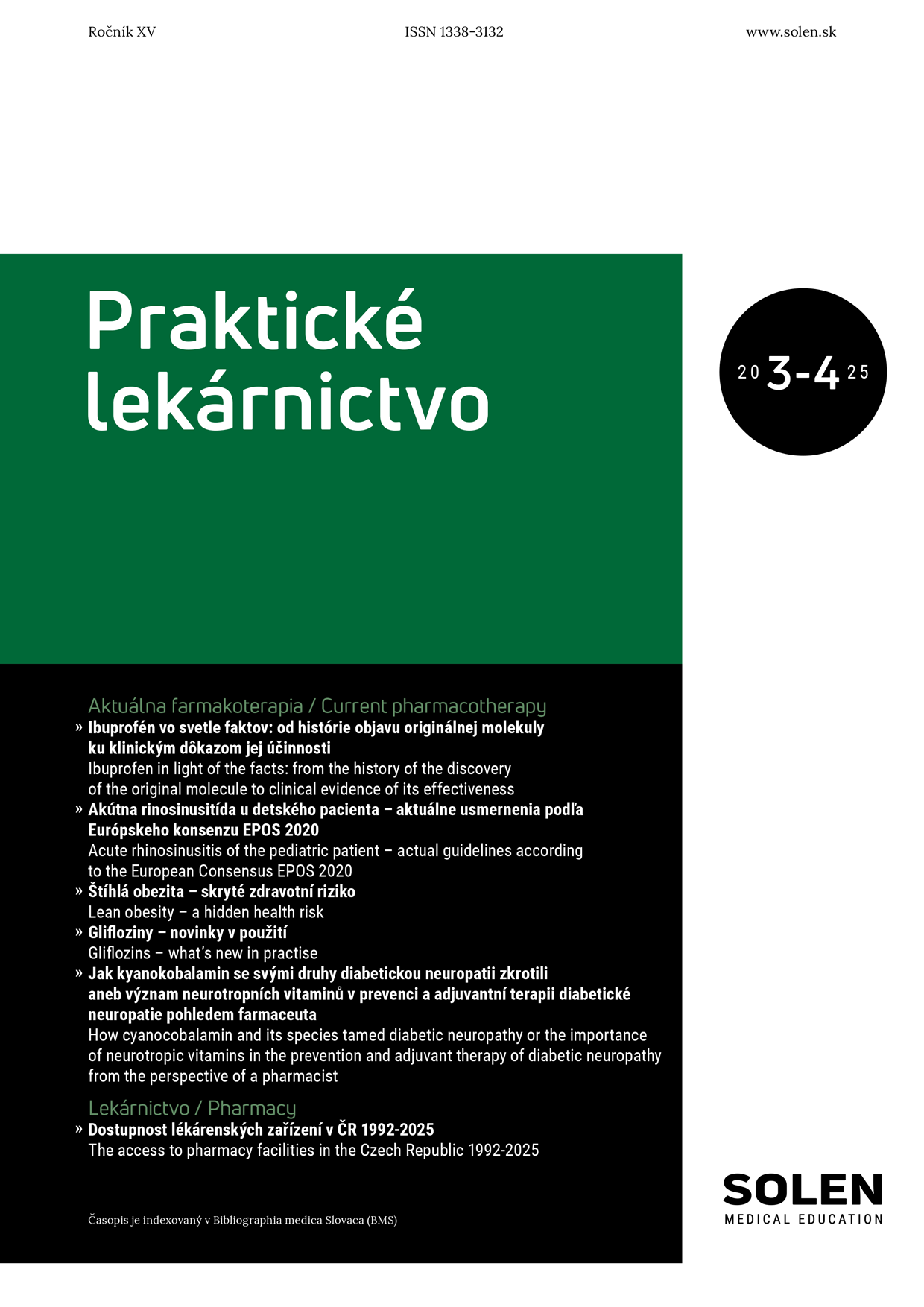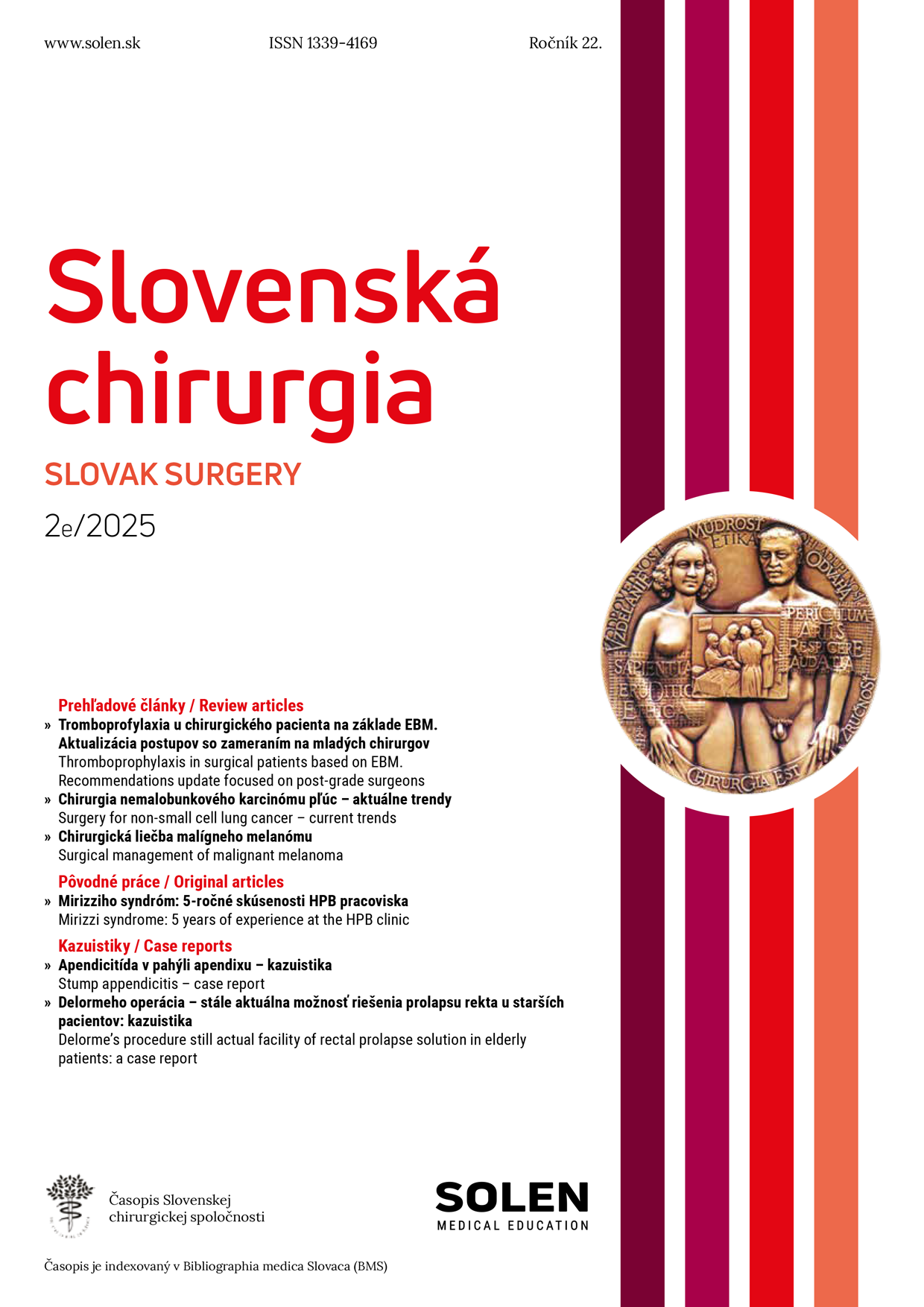Pediatria pre prax 1/2024
Keratomalácia pri osteogenesis imperfecta (kazuistika)
MUDr. Veronika Chalupková, doc. MUDr. Dana Tomčíková, PhD., MHA, MUDr. Monika Gromová, PhD., MUDr. Mgr. Eva Dická
Úvod: Osteogenesis imperfecta (OI) je vzácna genetická porucha, ktorá vedie k zmenám štruktúry kolagénu typu 1. Tvorí heterogénnu skupinu ochorení s typickou poruchou kostného metabolizmu, charakteristickou sklonom k častým fraktúram kostí rôznej závažnosti, ale aj s ďalšími extraskeletálnymi deformitami vrátane očných komplikácií. Prípad: V článku uvádzame kazuistiku 3-ročného chlapca s najzávažnejším, II. typom OI. Upresňujeme možný mechanizmus vzniku keratomalácie u pacienta vo vzťahu k základnému ochoreniu a opisujeme manažment liečby z oftalmologického hľadiska. Záver: Keratomalácia predstavuje preriednutie, oslabenie až deformáciu tkaniva rohovky. Môže byť súčasťou manifestácie OI a predstavuje riziko vzniku descemetokély až vredu rohovky, čo znamená pre pacienta významný pokles vízu a zásadne zhoršujúcu sa kvalitu života. Vzhľadom na závažnosť možných komplikácií predstavuje pacient s OI terapeutickú výzvu a vyžaduje multidisciplinárny prístup.
Kľúčové slová: osteogenesis imperfecta, keratomalácia, descemetokéla, defekt rohovky
Keratomalacia in osteogenesis imperfecta (case report)
Purpose: Osteogenesis imperfecta (OI) is a rare genetic disorder that results in alterations in the quality of type 1 collagen. It represents a heterogeneous group of conditions with a typical disruption of bone metabolism, leading to bone fragility, deformity and frequent fractures, as well as other extraskeletal deformities, including ocular complications. Case: We present a case study of a 3-year-old boy with the most severe form of Type II Osteogenesis Imperfecta. A potential mechanism for the development of keratomalacia in relation to the underlying condition is discussed and specified. Additionally, treatment management from an ophthalmological perspective is described. Conclusion: Keratomalacia represents the thinning, weakening, and deformation of corneal tissue. It can be part of the manifestation of Osteogenesis Imperfecta, posing a risk of Descemet’s membrane rupture and corneal ulceration. This results in a significant decline in visual acuity, substantially impacting the quality of life. Given the severity of potential complications, a patient with OI poses a therapeutic challenge and requires a multidisciplinary approach.
Keywords: osteogenesis imperfecta, keratomalacia, descemetocele, corneal defect

















